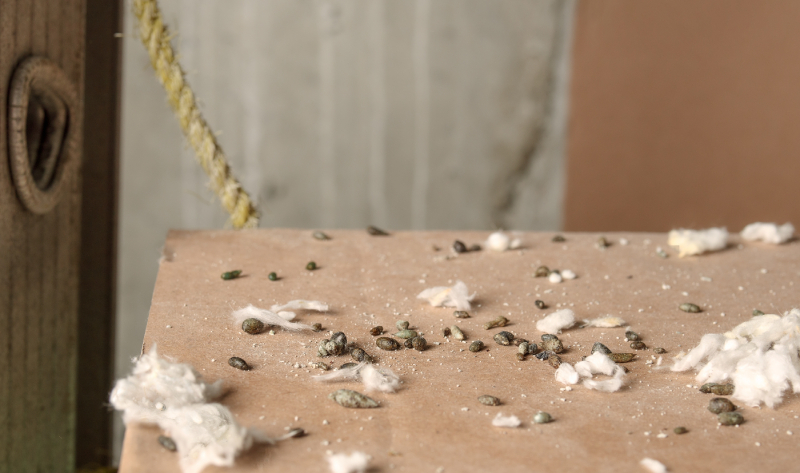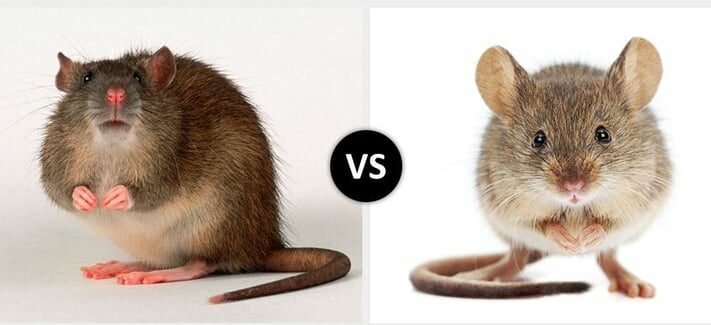You might not be aware, but mice can squeeze through gaps as small as a dime, making your home an open invitation without you even realizing it.
As you seek to maintain a squeaky-clean environment free from these unwelcome guests, it’s crucial to understand that effective pest control for mice goes beyond just setting traps and hoping for the best.
From identifying potential entry points to employing natural deterrents and maintaining rigorous cleanliness practices, the strategies you’ll need to employ are both varied and vital.
Moreover, sealing and repairing gaps to prevent future invasions, coupled with consistent monitoring, plays a significant role in ensuring your efforts aren’t in vain.
Let’s explore how you can fortify your home against these pesky intruders, ensuring peace of mind and a truly clean living space.
Key Takeaways
- Thoroughly inspect and seal gaps in the home’s exterior and interior to prevent mice from entering.
- Maintain cleanliness by daily sweeping, clutter reduction, and organizing areas to deter mice.
- Use natural deterrents like peppermint oil and ultrasonic devices to repel mice.
- Set traps strategically with a variety of bait and regularly monitor and maintain defenses for effective pest control.
Identifying Entry Points

Before tackling a mice infestation, it’s crucial to identify and seal their entry points, which often include small gaps and cracks in the building’s exterior. Mice are adept at squeezing through openings as small as a dime, making thorough inspection and immediate action essential.
You’re not alone in this battle; many have faced this challenge and emerged victorious.
Start by examining your home’s foundation, windows, and doors for any breaches. Pay special attention to areas where utility pipes enter, as these are often overlooked. Once you’ve identified these vulnerabilities, it’s time to fortify your home against unwelcome guests.
Weather stripping and door sweeps are effective tools in your arsenal. Installing weather stripping around windows and doors creates a tight seal that mice can’t penetrate. Similarly, door sweeps attached to the bottom of exterior doors block the gap between the door and threshold, eliminating another potential entry point.
Effective Cleanliness Practices
After sealing potential entry points, it’s equally crucial to maintain a clean environment to deter mice from making your home their haven. Daily sweeping becomes a cornerstone of this practice. By consistently removing crumbs and potential food sources, you’re sending a clear message to any would-be rodent invaders that your home isn’t a welcoming place for them.
Clutter reduction goes hand in hand with sweeping. Mice seek out hidden, undisturbed areas to nest, and clutter provides the perfect cover for them. By decluttering, you’re not only reclaiming your space but also minimizing the nooks and crannies that mice find so appealing.
Start with the areas that are most prone to clutter accumulation, such as basements, attics, and closets. Regularly sorting through and organizing these areas can significantly deter mice, as it reduces their hiding spots.
Natural Deterrents and Repellents

Turning to natural deterrents and repellents can offer an eco-friendly solution to keeping mice at bay without resorting to harsh chemicals. Among the most effective natural options, peppermint oil stands out for its ability to deter mice with its potent scent. You’re not just making your home smell fresh; you’re setting up a barrier that mice are naturally inclined to avoid. A few drops of peppermint oil on cotton balls placed at potential entry points can make a significant difference.
Additionally, ultrasonic devices have gained popularity for their ability to repel mice without being intrusive to human residents. These devices emit high-frequency sounds, inaudible to humans and pets, but highly uncomfortable for mice. It’s a way to keep your space mouse-free without the drawbacks of traditional traps or poisons.
Incorporating these natural deterrents into your pest control strategy not only aligns with a more sustainable approach but also fosters a sense of belonging to a community that values humane and environmentally friendly methods. You’re not just protecting your home; you’re contributing to a larger movement towards conscious living.
Setting Traps Strategically
While natural deterrents and repellents serve as an eco-friendly way to deter mice, strategically setting traps offers a direct method to control any existing infestation in your home. It’s vital, however, to approach this task with precision and thoughtfulness to ensure effectiveness.
Firstly, understanding bait variety is crucial. Mice have diverse tastes, often attracted to high-calorie foods like peanut butter, chocolate, or even bacon. Experimenting with different baits can significantly increase your success rate. It’s not just about what you use, but how you use it. A small amount of bait, applied carefully so the mouse has to engage the trap mechanism to reach it, can make all the difference.
Equally important is trap sensitivity. Traps should be sensitive enough to trigger with minimal weight, ensuring even the smallest mice can’t take the bait without setting off the trap. Place these traps in areas where mice are known to frequent – along walls, behind appliances, or near entry points.
Sealing and Repairing Gaps

To effectively combat a mouse infestation, it’s crucial to identify and seal any gaps or openings in your home’s exterior and interior, as these serve as primary entry points for these pests. Mice can squeeze through spaces as small as a dime, making thorough inspection and repair essential.
Start by examining areas where utilities enter your home, along baseboards, and around windows and doors. Using weatherproofing materials is key in sealing these gaps. Materials like steel wool, caulk, and weather stripping not only block entry points but also withstand harsh conditions, ensuring a long-term solution to your mouse problem.
It’s not just about keeping the mice out; it’s about fortifying your home against future invasions. Don’t hesitate to seek professional consultation. Experts in pest control can offer valuable insights into the most vulnerable areas of your home and recommend the best weatherproofing materials for your specific situation.
They’re part of your community, ready to support you in keeping your home safe and pest-free. Remember, sealing and repairing gaps is a proactive step in creating a secure, welcoming environment for you and your loved ones, free from unwanted pests.
Monitoring and Maintenance
After sealing gaps and fortifying your home against mice, it’s crucial to establish a routine for monitoring and maintaining these defences to ensure they remain effective. Regular checks are your best bet for catching breaches early and adapting your strategies as needed. Think of your home as a fortress that’s constantly under siege; vigilance is key to keeping the invaders at bay.
Incorporating electronic monitoring into your pest control regimen offers a high-tech solution that keeps you one step ahead. These devices can alert you to the presence of mice before you might notice them through traditional means, allowing for swift action.
Additionally, scheduling regular pest audits can provide peace of mind and a sense of belonging to a community that values a clean, safe living environment. These audits, conducted by professionals, can uncover hidden vulnerabilities in your home’s defences and offer tailored advice on fortifying weak points.
You may also enjoy reading this article
Was This Article Helpful?
- Please provide feedback and comments to help us improve our content.
- Share your experiences and any additional tips you have for dealing with pests.
Share this Post



